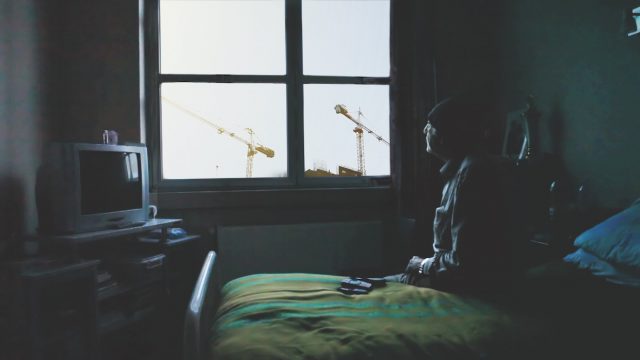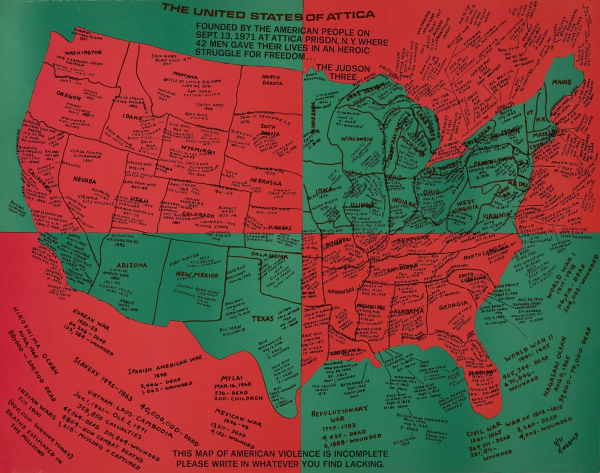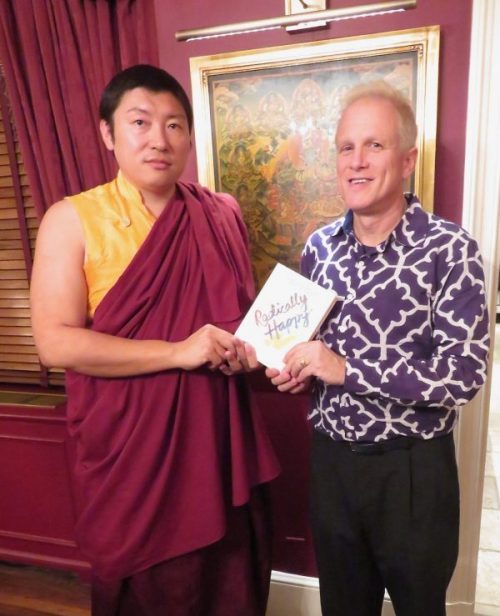
Kyabgön Phakchok Rinpoche and Erric Solomon will discuss ancient wisdom, the future of tech, and radical happiness at the Rubin on November 10 (photo by twi-ny/mdr)
Rubin Museum of Art
150 West 17th St. at Seventh Ave.
Saturday, November 10, $25 (VIP $45), 3:00
212-620-5000
rubinmuseum.org
www.phakchokrinpoche.org
“Getting to know your own mind should be fun,” former Silicon Valley tech executive Erric Solomon said at a recent cocktail party celebrating the release of Radically Happy (Shambhala, $24.95), the new book he cowrote with his longtime friend, Tibetan Buddhist teacher Kyabgön Phakchok Rinpoche, who explained, “It’s about how you can be happy, not why. We already know why we should be happy.” Solomon and Phakchok Rinpoche will be at the Rubin Museum on November 10 at 3:00 for the talk “Ancient Wisdom and Tech Future”; this past summer, Rinpoche appeared at the Rubin for two presentations, a mindfulness meditation and “Stories of Padmasambhava.” Radically Happy: A User’s Guide to the Mind features a foreword by Daniel Goleman and Tara Bennett-Goleman, colorful artwork by Julian Pang, and such chapters as “Why You Need Radical Happiness, or How to Be Less of a Dog and More of a Lion,” “The Looking-for-Happiness Conundrum,” and “Contemplating the Interdependent Nature of Reality.” As the Golemans note, “Phakchok Rinpoche lives much like the rest of us and so can draw on his own doubts, anger, and other familiar feelings to illustrate ways we can each find steadier footing in the rocky realities of our lives.” Solomon and Rinpoche might use the word “radical” a lot in the book, but their approach applies common sense to everyday existence, believing that problems can “be resolved by being more present-moment focused and by thinking of the welfare of others. Could the path to happiness really be that simple?” Part of the Rubin’s yearlong investigation into the future, the talk will be followed by a book signing; general admission is $25, but for $45 you get a signed copy of the book, preferred seating, and a karma tour.
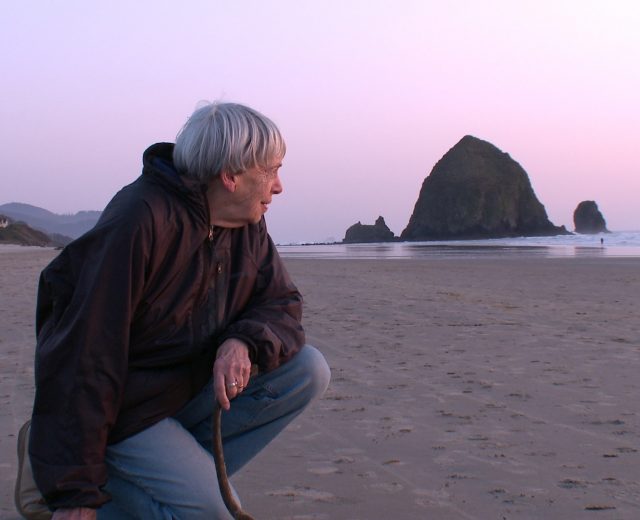
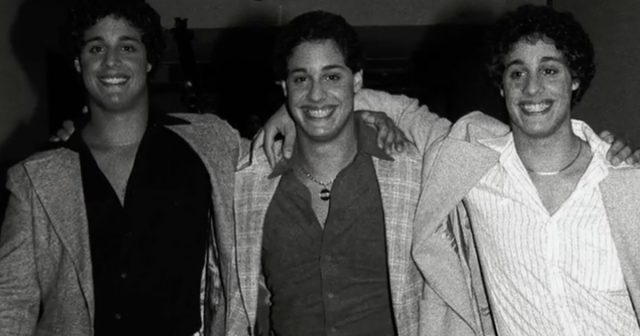
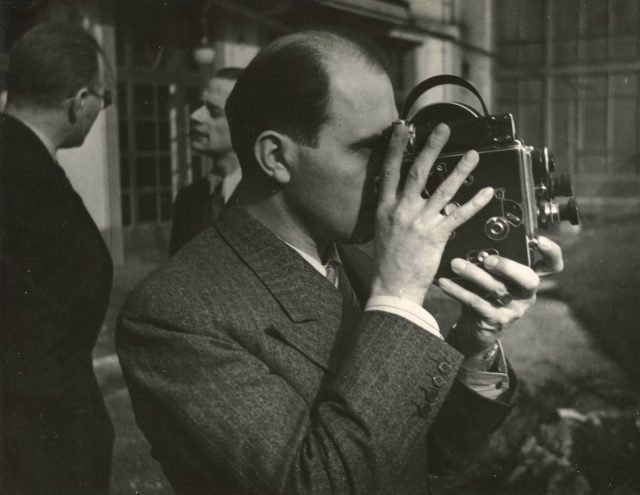
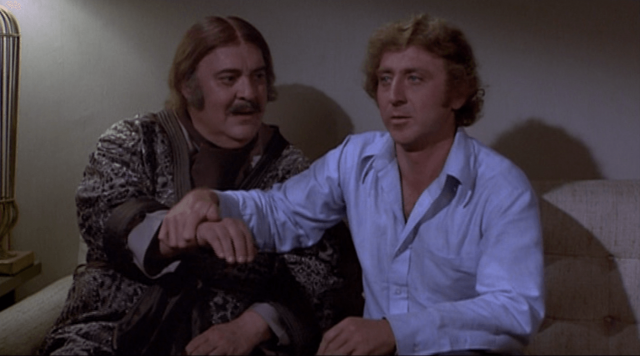

 Shevaun Mizrahi’s debut feature, Distant Constellation, is a lovely, intimate portrait of a group of residents at an old age home in Istanbul who just go about their business or share deeply personal stories while major construction outside tears down the past to build a future the senior citizens will not be a part of. Two men spend much of their day going up and down in the elevator, making fun of each other, talking about aliens, and not wanting to be bothered by anyone else. A man is delighted to bring in halvah. A photographer who now can barely see repeats words and phrases as he tries to fix his flash. A man sleeps in a coffinlike bed, coughing, gasping, and singing as the wind whistles through the window. A woman tells the heart-wrenching tale of what she and her family went through during the Armenian genocide of 1915. And another man talks about his unending passion for sex and eroticism, reading passages from Vladimir Nabokov’s Lolita. There’s a lot of napping and sitting, staring into nothingness and watching television. Snow falls lightly from the sky. A flock of birds fly near giant cranes.
Shevaun Mizrahi’s debut feature, Distant Constellation, is a lovely, intimate portrait of a group of residents at an old age home in Istanbul who just go about their business or share deeply personal stories while major construction outside tears down the past to build a future the senior citizens will not be a part of. Two men spend much of their day going up and down in the elevator, making fun of each other, talking about aliens, and not wanting to be bothered by anyone else. A man is delighted to bring in halvah. A photographer who now can barely see repeats words and phrases as he tries to fix his flash. A man sleeps in a coffinlike bed, coughing, gasping, and singing as the wind whistles through the window. A woman tells the heart-wrenching tale of what she and her family went through during the Armenian genocide of 1915. And another man talks about his unending passion for sex and eroticism, reading passages from Vladimir Nabokov’s Lolita. There’s a lot of napping and sitting, staring into nothingness and watching television. Snow falls lightly from the sky. A flock of birds fly near giant cranes.